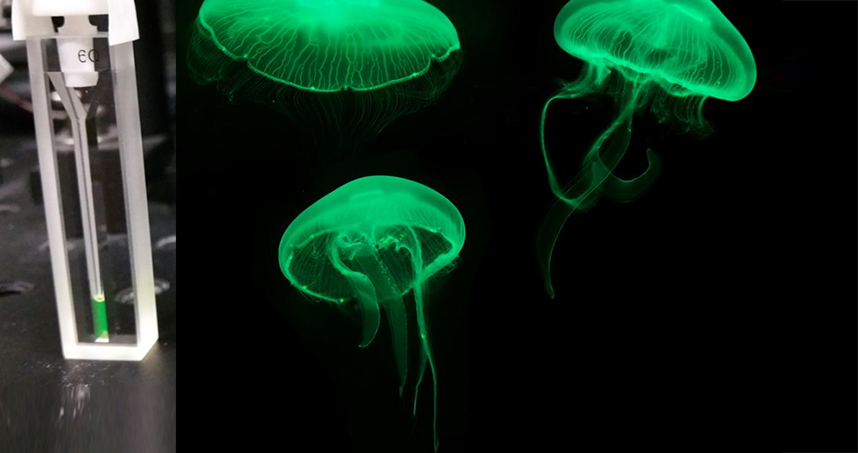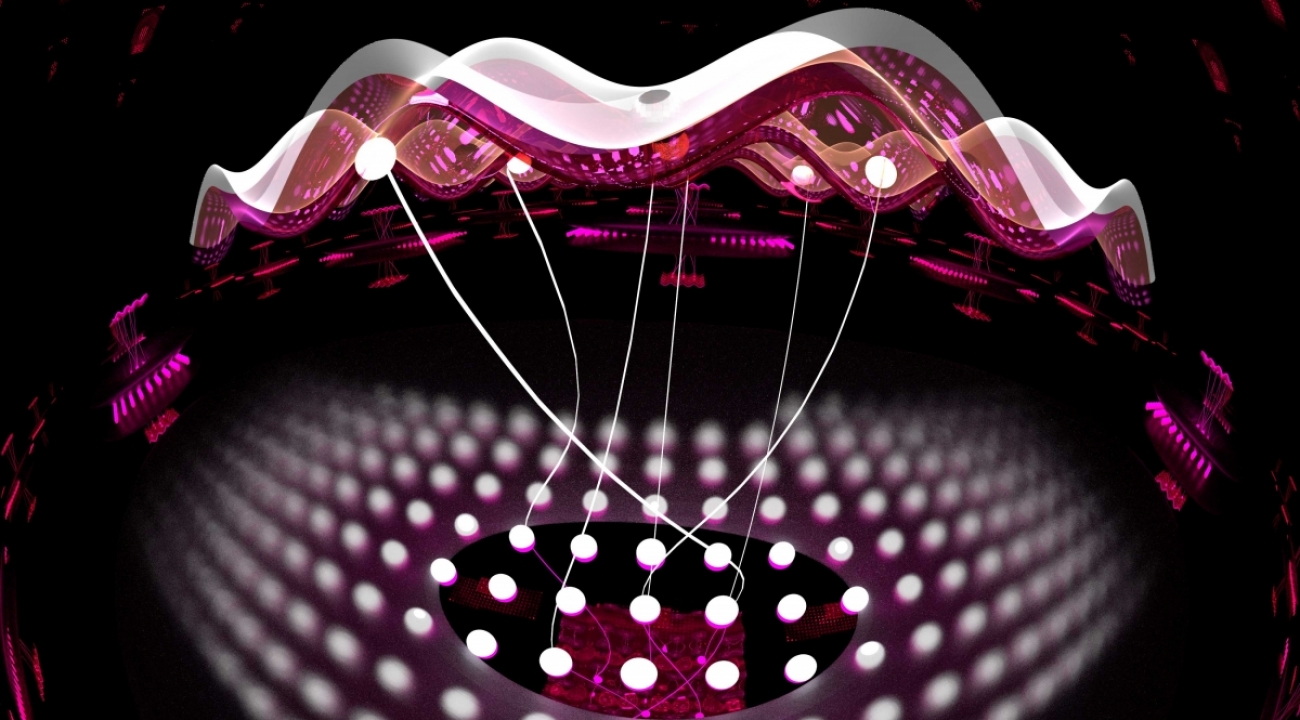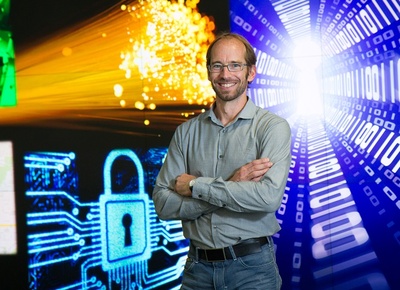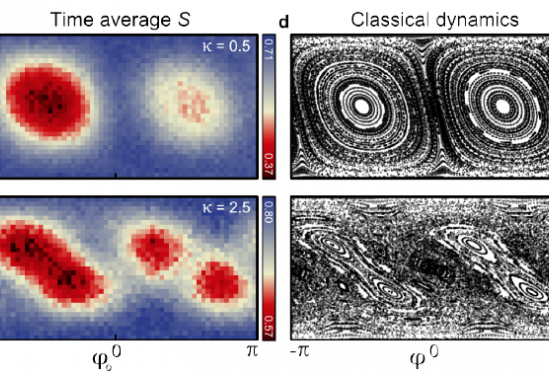This is the 4900th post on this blog and as FrogHeart moves forward to 5000, I’m thinking there will be some changes although I’m not sure what they’ll be. In the meantime, here are some random thoughts on the year that was in Canadian science and on the FrogHeart blog.
Changeover to Liberal government: year one
Hopes were high after the Trudeau government was elected. Certainly, there seems to have been a loosening where science communication policies have been concerned although it may not have been quite the open and transparent process people dreamed of. On the plus side, it’s been easier to participate in public consultations but there has been no move (perceptible to me) towards open government science or better access to government-funded science papers.
Open Science in Québec
As far as I know, la crème de la crème of open science (internationally) is the Montreal Neurological Institute (Montreal Neuro; affiliated with McGill University. They bookended the year with two announcements. In January 2016, Montreal Neuro announced it was going to be an “Open Science institution (my Jan. 22, 2016 posting),
The Montreal Neurological Institute (MNI) in Québec, Canada, known informally and widely as Montreal Neuro, has ‘opened’ its science research to the world. David Bruggeman tells the story in a Jan. 21, 2016 posting on his Pasco Phronesis blog (Note: Links have been removed),
The Montreal Neurological Institute (MNI) at McGill University announced that it will be the first academic research institute to become what it calls ‘Open Science.’ As Science is reporting, the MNI will make available all research results and research data at the time of publication. Additionally it will not seek patents on any of the discoveries made on research at the Institute.
…
Will this catch on? I have no idea if this particular combination of open access research data and results with no patents will spread to other university research institutes. But I do believe that those elements will continue to spread. More universities and federal agencies are pursuing open access options for research they support. Elon Musk has opted to not pursue patent litigation for any of Tesla Motors’ patents, and has not pursued patents for SpaceX technology (though it has pursued litigation over patents in rocket technology). …
Then, there’s my Dec. 19, 2016 posting about this Montreal Neuro announcement,
It’s one heck of a Christmas present. Canadian businessmen Larry Tannenbaum and his wife Judy have given the Montreal Neurological Institute (Montreal Neuro), which is affiliated with McGill University, a $20M donation. From a Dec. 16, 2016 McGill University news release,
The Prime Minister of Canada, Justin Trudeau, was present today at the Montreal Neurological Institute and Hospital (MNI) for the announcement of an important donation of $20 million by the Larry and Judy Tanenbaum family. This transformative gift will help to establish the Tanenbaum Open Science Institute, a bold initiative that will facilitate the sharing of neuroscience findings worldwide to accelerate the discovery of leading edge therapeutics to treat patients suffering from neurological diseases.
‟Today, we take an important step forward in opening up new horizons in neuroscience research and discovery,” said Mr. Larry Tanenbaum. ‟Our digital world provides for unprecedented opportunities to leverage advances in technology to the benefit of science. That is what we are celebrating here today: the transformation of research, the removal of barriers, the breaking of silos and, most of all, the courage of researchers to put patients and progress ahead of all other considerations.”
Neuroscience has reached a new frontier, and advances in technology now allow scientists to better understand the brain and all its complexities in ways that were previously deemed impossible. The sharing of research findings amongst scientists is critical, not only due to the sheer scale of data involved, but also because diseases of the brain and the nervous system are amongst the most compelling unmet medical needs of our time.
Neurological diseases, mental illnesses, addictions, and brain and spinal cord injuries directly impact 1 in 3 Canadians, representing approximately 11 million people across the country.
“As internationally-recognized leaders in the field of brain research, we are uniquely placed to deliver on this ambitious initiative and reinforce our reputation as an institution that drives innovation, discovery and advanced patient care,” said Dr. Guy Rouleau, Director of the Montreal Neurological Institute and Hospital and Chair of McGill University’s Department of Neurology and Neurosurgery. “Part of the Tanenbaum family’s donation will be used to incentivize other Canadian researchers and institutions to adopt an Open Science model, thus strengthening the network of like-minded institutes working in this field.”
Chief Science Advisor
Getting back to the federal government, we’re still waiting for a Chief Science Advisor. Should you be interested in the job, apply here. The job search was launched in early Dec. 2016 (see my Dec. 7, 2016 posting for details) a little over a year after the Liberal government was elected. I’m not sure why the process is taking so long. It’s not like the Canadian government is inventing a position or trailblazing in this regard. Many, many countries and jurisdictions have chief science advisors. Heck the European Union managed to find their first chief science advisor in considerably less time than we’ve spent on the project. My guess, it just wasn’t a priority.
Prime Minister Trudeau, quantum, nano, and Canada’s 150th birthday
In April 2016, Prime Minister Justin Trudeau stunned many when he was able to answer, in an articulate and informed manner, a question about quantum physics during a press conference at the Perimeter Institute in Waterloo, Ontario (my April 18, 2016 post discussing that incident and the so called ‘quantum valley’ in Ontario).
In Sept. 2016, the University of Waterloo publicized the world’s smallest Canadian flag to celebrate the country’s upcoming 150th birthday and to announce its presence in QUANTUM: The Exhibition (a show which will tour across Canada). Here’s more from my Sept. 20, 2016 posting,
The record-setting flag was unveiled at IQC’s [Institute of Quantum Computing at the University of Waterloo] open house on September 17 [2016], which attracted nearly 1,000 visitors. It will also be on display in QUANTUM: The Exhibition, a Canada 150 Fund Signature Initiative, and part of Innovation150, a consortium of five leading Canadian science-outreach organizations. QUANTUM: The Exhibition is a 4,000-square-foot, interactive, travelling exhibit IQC developed highlighting Canada’s leadership in quantum information science and technology.
“I’m delighted that IQC is celebrating Canadian innovation through QUANTUM: The Exhibition and Innovation150,” said Raymond Laflamme, executive director of IQC. “It’s an opportunity to share the transformative technologies resulting from Canadian research and bring quantum computing to fellow Canadians from coast to coast to coast.”
The first of its kind, the exhibition will open at THEMUSEUM in downtown Kitchener on October 14 [2016], and then travel to science centres across the country throughout 2017.
You can find the English language version of QUANTUM: The Exhibition website here and the French language version of QUANTUM: The Exhibition website here.
There are currently four other venues for the show once finishes its run in Waterloo. From QUANTUM’S Join the Celebration webpage,
2017
- Science World at TELUS World of Science, Vancouver
- TELUS Spark, Calgary
- Discovery Centre, Halifax
- Canada Science and Technology Museum, Ottawa
I gather they’re still looking for other venues to host the exhibition. If interested, there’s this: Contact us.
Other than the flag which is both nanoscale and microscale, they haven’t revealed what else will be included in their 4000 square foot exhibit but it will be “bilingual, accessible, and interactive.” Also, there will be stories.
Hmm. The exhibition is opening in roughly three weeks and they have no details. Strategy or disorganization? Only time will tell.
Calgary and quantum teleportation
This is one of my favourite stories of the year. Scientists at the University of Calgary teleported photons six kilometers from the university to city hall breaking the teleportation record. What I found particularly interesting was the support for science from Calgary City Hall. Here’s more from my Sept. 21, 2016 post,
Through a collaboration between the University of Calgary, The City of Calgary and researchers in the United States, a group of physicists led by Wolfgang Tittel, professor in the Department of Physics and Astronomy at the University of Calgary have successfully demonstrated teleportation of a photon (an elementary particle of light) over a straight-line distance of six kilometres using The City of Calgary’s fibre optic cable infrastructure. The project began with an Urban Alliance seed grant in 2014.
This accomplishment, which set a new record for distance of transferring a quantum state by teleportation, has landed the researchers a spot in the prestigious Nature Photonics scientific journal. The finding was published back-to-back with a similar demonstration by a group of Chinese researchers.
…
The research could not be possible without access to the proper technology. One of the critical pieces of infrastructure that support quantum networking is accessible dark fibre. Dark fibre, so named because of its composition — a single optical cable with no electronics or network equipment on the alignment — doesn’t interfere with quantum technology.
The City of Calgary is building and provisioning dark fibre to enable next-generation municipal services today and for the future.
“By opening The City’s dark fibre infrastructure to the private and public sector, non-profit companies, and academia, we help enable the development of projects like quantum encryption and create opportunities for further research, innovation and economic growth in Calgary,” said Tyler Andruschak, project manager with Innovation and Collaboration at The City of Calgary.
As for the science of it (also from my post),
A Sept. 20, 2016 article by Robson Fletcher for CBC (Canadian Broadcasting News) online provides a bit more insight from the lead researcher (Note: A link has been removed),
“What is remarkable about this is that this information transfer happens in what we call a disembodied manner,” said physics professor Wolfgang Tittel, whose team’s work was published this week in the journal Nature Photonics.
“Our transfer happens without any need for an object to move between these two particles.”
A Sept. 20, 2016 University of Calgary news release by Drew Scherban, which originated the news item, provides more insight into the research,
“Such a network will enable secure communication without having to worry about eavesdropping, and allow distant quantum computers to connect,” says Tittel.
Experiment draws on ‘spooky action at a distance’
The experiment is based on the entanglement property of quantum mechanics, also known as “spooky action at a distance” — a property so mysterious that not even Einstein could come to terms with it.
“Being entangled means that the two photons that form an entangled pair have properties that are linked regardless of how far the two are separated,” explains Tittel. “When one of the photons was sent over to City Hall, it remained entangled with the photon that stayed at the University of Calgary.”
Next, the photon whose state was teleported to the university was generated in a third location in Calgary and then also travelled to City Hall where it met the photon that was part of the entangled pair.
“What happened is the instantaneous and disembodied transfer of the photon’s quantum state onto the remaining photon of the entangled pair, which is the one that remained six kilometres away at the university,” says Tittel.
Council of Canadian Academies and The State of Science and Technology and Industrial Research and Development in Canada
Preliminary data was released by the CCA’s expert panel in mid-December 2016. I reviewed that material briefly in my Dec. 15, 2016 post but am eagerly awaiting the full report due late 2017 when, hopefully, I’ll have the time to critique the material, and which I hope will have more surprises and offer greater insights than the preliminary report did.
Colleagues
Thank you to my online colleagues. While we don’t interact much it’s impossible to estimate how encouraging it is to know that these people continually participate and help create the nano and/or science blogosphere.
David Bruggeman at his Pasco Phronesis blog keeps me up-to-date on science policy both in the US, Canada, and internationally, as well as, keeping me abreast of the performing arts/science scene. Also, kudos to David for raising my (and his audience’s) awareness of just how much science is discussed on late night US television. Also, I don’t know how he does it but he keeps scooping me on Canadian science policy matters. Thankfully, I’m not bitter and hope he continues to scoop me which will mean that I will get the information from somewhere since it won’t be from the Canadian government.
Tim Harper of Cientifica Research keeps me on my toes as he keeps shifting his focus. Most lately, it’s been on smart textiles and wearables. You can download his latest White Paper titled, Fashion, Smart Textiles, Wearables and Disappearables, from his website. Tim consults on nanotechnology and other emerging technologies at the international level.
Dexter Johnson of the Nanoclast blog on the IEEE (Institute of Electrical and Electronics Engineers) website consistently provides informed insight into how a particular piece of research fits into the nano scene and often provides historical details that you’re not likely to get from anyone else.
Dr. Andrew Maynard is currently the founding Director of the Risk Innovation Lab at the University of Arizona. I know him through his 2020 Science blog where he posts text and videos on many topics including emerging technologies, nanotechnologies, risk, science communication, and much more. Do check out 2020 Science as it is a treasure trove.
2017 hopes and dreams
I hope Canada’s Chief Science Advisor brings some fresh thinking to science in government and that the Council of Canadian Academies’ upcoming assessment on The State of Science and Technology and Industrial Research and Development in Canada is visionary. Also, let’s send up some collective prayers for the Canada Science and Technology Museum which has been closed since 2014 (?) due to black mold (?). It would be lovely to see it open in time for Canada’s 150th anniversary.
I’d like to see the nanotechnology promise come closer to a reality, which benefits as many people as possible.
As for me and FrogHeart, I’m not sure about the future. I do know there’s one more Steep project (I’m working with Raewyn Turner on a multiple project endeavour known as Steep; this project will involve sound and gold nanoparticles).
Should anything sparkling occur to me, I will add it at a future date.
In the meantime, Happy New Year and thank you from the bottom of my heart for reading this blog!





